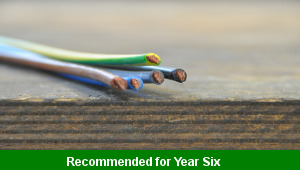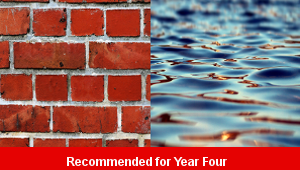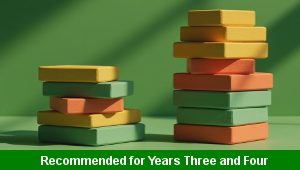Science Teaching Resources
Discover schemes of work, lesson plans, classroom worksheets and interactive activities to develop skills in science for Key Stage Two covering living things and their habitats, animals including humans, materials, forces and electricity, sound and space
-

Electricity
Devise and construct different electrical circuits that can be used to control electrical devices for a range of specific functions in a family home
-

Changing Materials
Investigate, test and record how a range of different materials can be changed and altered including the use of dissolving and evaporation
-

Electricity
Identify and record how to build a range of electrical series circuits to control and manage devices and components for different functions and outputs
-

Forces and Magnets
Practise conducting a range of fair tests to identify and compare different materials based on magnetism and friction that can occur between surfaces
-

Light
Explore and model concepts about how light is produced and how it can travel through different materials
-

Testing Materials
Investigate and test the properties of different types of materials including durability, opacity, strength and conductivity
-

Rocks
Identify, compare and classify different types of rocks, soils and fossils according to their matching material properties for appearance, texture and substance
-

States of Matter
Explore, test and explain how a range of different materials can change their states between solids, liquids and gases by conducting a series of fair tests
-

Complaint Letters
Explain and model how to format and structure writing when composing letters of complaint about different issues and scenarios
-

English Spelling Assessment
Assess abilities in spelling different vocabulary words based on the National Curriculum programmes of study for Key Stage Two
-

Subtraction Differences
Explain and model some of the informal and formal written calculations skills that can be used to find the difference between pairs of two and three digit numbers
-

Fraction Equivalence
Investigate, compare and record the values of different non-unit fractions using equivalence between their sets of matching numerators and denominators
